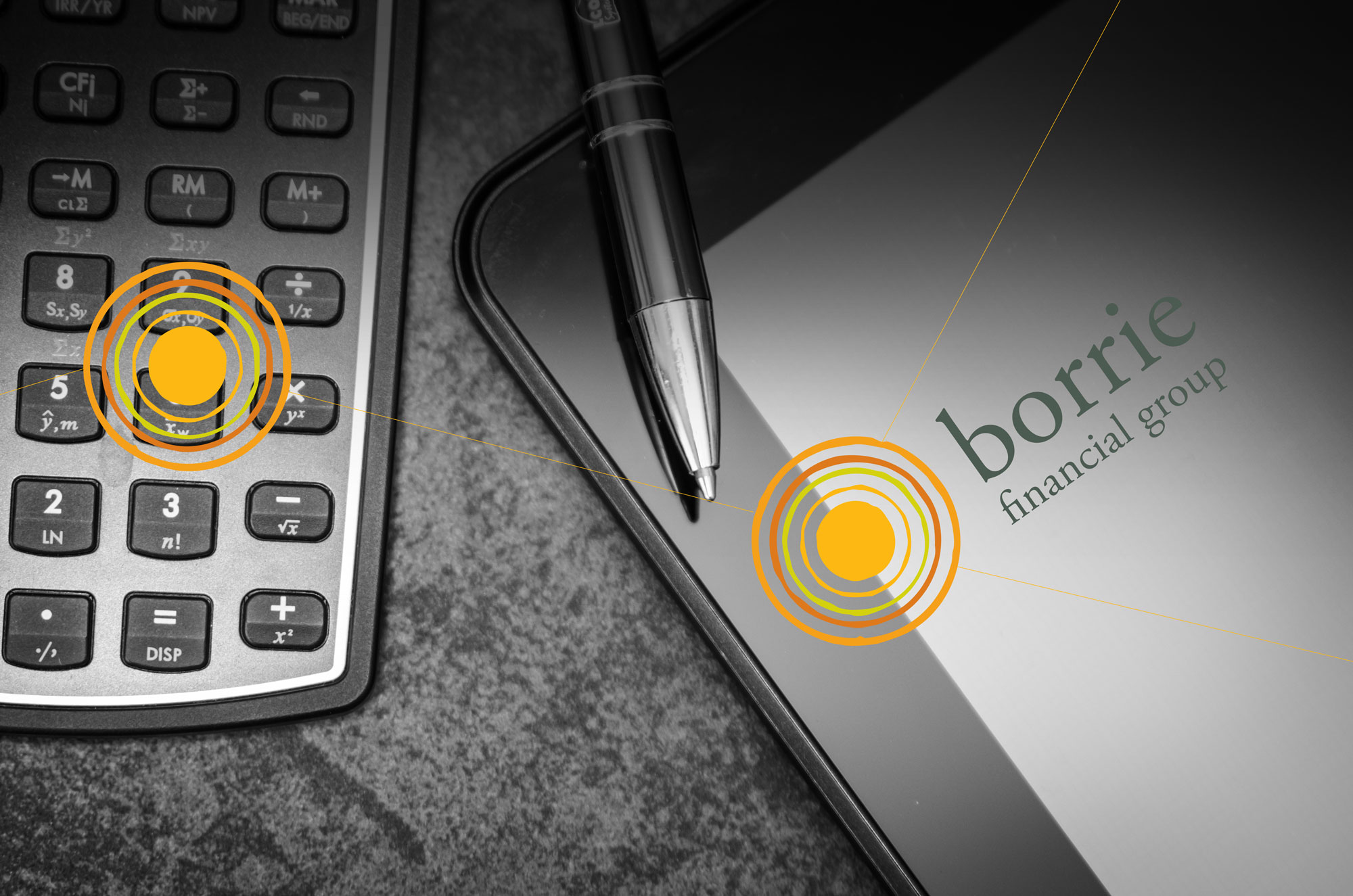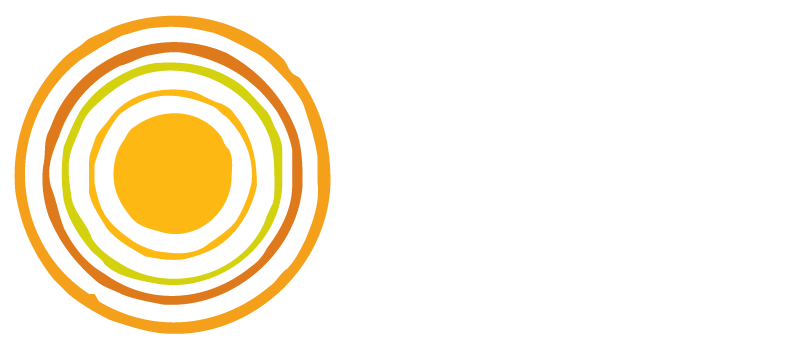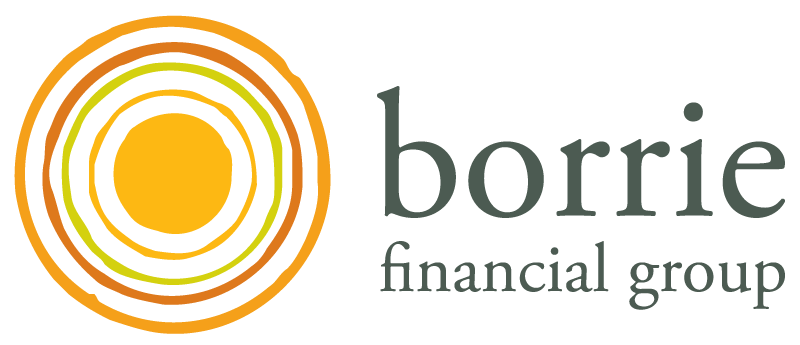
05 May Guide to your Financial Reports – Part 1 (Introduction)
An easy to follow ‘Guide to your Financial Reports – Part 1 (Introduction)’.
Your financial reports tell you the story of your business; allowing you to interpret the results of your business activity. The better you understand your financial reports, the better your decision-making and results will be.
We want to share the benefits of understanding your numbers, give you an overview of the standard reports and provide helpful tips on using them to improve your business. Where possible, we’ve avoided jargon and ‘Accountanese’, however, if you need further support or guidance from us, please do get in touch.
The benefits of knowing your numbers
Knowing your numbers will allow you to:
- Understand whether your business is growing or shrinking
- Track trends over time
- Compare results to your expectations (as set in your budget)
- Compare results between years or different periods
- Identify areas of strength and weakness
- Measure your business efficiency
- Measure the value of your business
- Identify symptoms of underlying problems
- Measure your cashflow
- Make better business decisions
| “You don’t have to be an accountant or bookkeeper to understand your numbers; just as you don’t have to be a mechanic to drive a car.” |
Knowing your numbers puts you in a far stronger position to make informed decisions and measure the impact of those decisions on your results, enabling you to take corrective action.
This guide is designed to be general in nature and is no substitute for specific one on one advice. We strongly recommend you talk to us about your unique situation and how we can help you improve your business.
Tips for starters
No matter which report you’re looking at, there are fundamentals to consider and understand:
- Is the data ‘clean’? Most software packages allow you to export your own reports. While this gives you flexibility, the data can be unreliable if transactions haven’t been coded correctly or bank statements haven’t been reconciled. Likewise, if monthly invoicing hasn’t been completed, sales reports could be understated. Contact us for information on the monthly procedures you should follow to keep your data ‘clean’.
- Inspect what you expect. Your reports are a representation of what you planned for your business. For example, you may have set a sales or gross profit target in your Business Plan and Cashflow Forecast (what you expected). Your reports can then be used to inspect if you’re on track to achieve those targets.
- Know which reports to use.
Trading Accounts and Profit & Loss Statements measure income and expenses; the Balance Sheet measures assets, liabilities and net worth. There are different versions of each report, e.g. for the Profit & Loss you can measure this year vs last year, this period vs the same period last year, or this period vs the budget you set. Talk to us about the most appropriate reports for your business.
- Go horizontal and vertical when analysing your financial reports.
A horizontal analysis compares the results of previous periods, e.g. comparing your 2020 Gross Profit to your 2019 Gross Profit. This shows whether your results are improving over a specified period.
A vertical analysis calculates each item in the statement as a percentage of a base item, e.g. calculating expenses as a percentage of sales in your Profit & Loss. Conducting both helps identify specific areas of potential improvement.
- ‘As at’ or ‘for the period ending’. An ‘as at’ report shows the balances at the end of a specific period, e.g. the Balance Sheet shows asset and liability balances at the end of the financial year. A ‘for the period ending’ report shows the results over a period of time, e.g. the Profit & Loss shows your Gross Profit or Net Profit over the specified period.
- Choosing the date range. For a period ending report, ensure you correctly specify the start and end date for the period you want to measure. For example, reporting on the current month and the year to date (the period from the start of this current financial year to the month you are in now). It’s best practice to choose a date that is a month end date, e.g. if you want to print a report on 15 July, set the date range to end on 30 June, as you should have all income and expenses coded and reconciled for the period ending 30 June, but may not have coded and reconciled them for July yet.
Your key financial reports
The rest of this guide in the following parts provides an overview of your key financial reports, what each report tells you about your business, some key ratios to use to track your results, and some tips on how to make good use of the reports.
The reports covered in the following parts are:
Your Trading Account, Statement of Profit & Loss, Balance Sheet, Statement of Changes in Equity, Shareholder Current Account, Fixed Assets and Depreciation, Cashflow Forecasting.
Need more help?
The better you understand your business, the easier it will be to make money. Business decisions rely on a sound understanding of the financial implications. We have developed comprehensive resources to enable business owners to fully understand and interpret their numbers, so that you will have a strong foundation on which to grow your business. Need more help? Join our free webinars on financial awareness coaching or talk to us about personalized financial awareness coaching. Contact Samantha for a call, zoom or meet on 06 871 0793.
Guide to your Financial Reports – Part 1 (Introduction) not enough?
Guide to Your Financial Reports – Part 2 (Trading Account)
Guide to Your Financial Reports – Part 3 (Profit & Loss)
Guide to Your Financial Reports – Part 4 (Balance Sheet)
Feeling out of the loop? Click here to subscribe to the IRD to stay up to date.

